Here you can find answers to some FAQs about Tree Surgery, Landscaping and what we do here at Broadleaf
If you have a dead tree in close proximity to a structure, high-traffic area, or power lines, it can be a serious hazard and we recommend removal to prevent damage or injury. It’s best to have a tree surgeon assess the situation and recommend appropriate action. However, not all dead trees become a hazard and, depending on their location, can be used to create valuable habitats for wildlife.
The cost of tree removal varies depending on size, location, and accessibility, among other factors. Local regulations and environmental considerations can also influence the cost.
We use specialised rigging techniques and equipment to lower branches and sections of the tree systematically and safely. Great care is taken to ensure there is minimal risk to our staff and surrounding property.
As long as a diseased or pest-infested tree is caught early, many times it is possible to save it with treatment. It is essential to contact a tree surgeon as soon as possible to have it diagnosed and the correct treatment implemented straight away.
Tree surgery is a specialised field of arboriculture that involves the professional management, maintenance, and care of trees. Tree surgeons, also known as arborists, are highly trained individuals who are proficient in tree maintenance, pruning, and removal. They also diagnose and treat tree diseases, conduct risk assessments, and offer expert advice on tree-related matters. Their role encompasses a diverse range of tasks that extend beyond the conventional image of cutting or removing trees.
This varies depending on the species and the specific pruning objectives. Most trees are dormant in late winter – early spring, making this the ideal time for major pruning. However, light pruning and deadwood removal can be done anytime during the year. A tree surgeon will visit to determine the best pruning schedule for your specific trees.
Common signs of tree diseases include discoloured leaves, wilting, cankers, and visible fungal growth. Pests may leave behind chewed leaves, holes in the bark, or webs. If you notice any unusual changes in your tree’s appearance or health, it’s best to call a tree surgeon for an inspection and diagnosis.
Yes, we will liaise with local authority tree officers on your behalf. All quotations will include an application to the local authority for permission to carry out tree work, if required. We can also arrange parking suspensions if needed.
All of our staff are trained and fully qualified in the National Proficiency Tests Council – NPTC.
Not a problem; we will be able to get our equipment through the house and will leave it as we found it. Even our cherry picker is compact enough to get through doorframes of 0.77 meters if required.
We are insured for up to £5 million public liability and £10 million employee liability
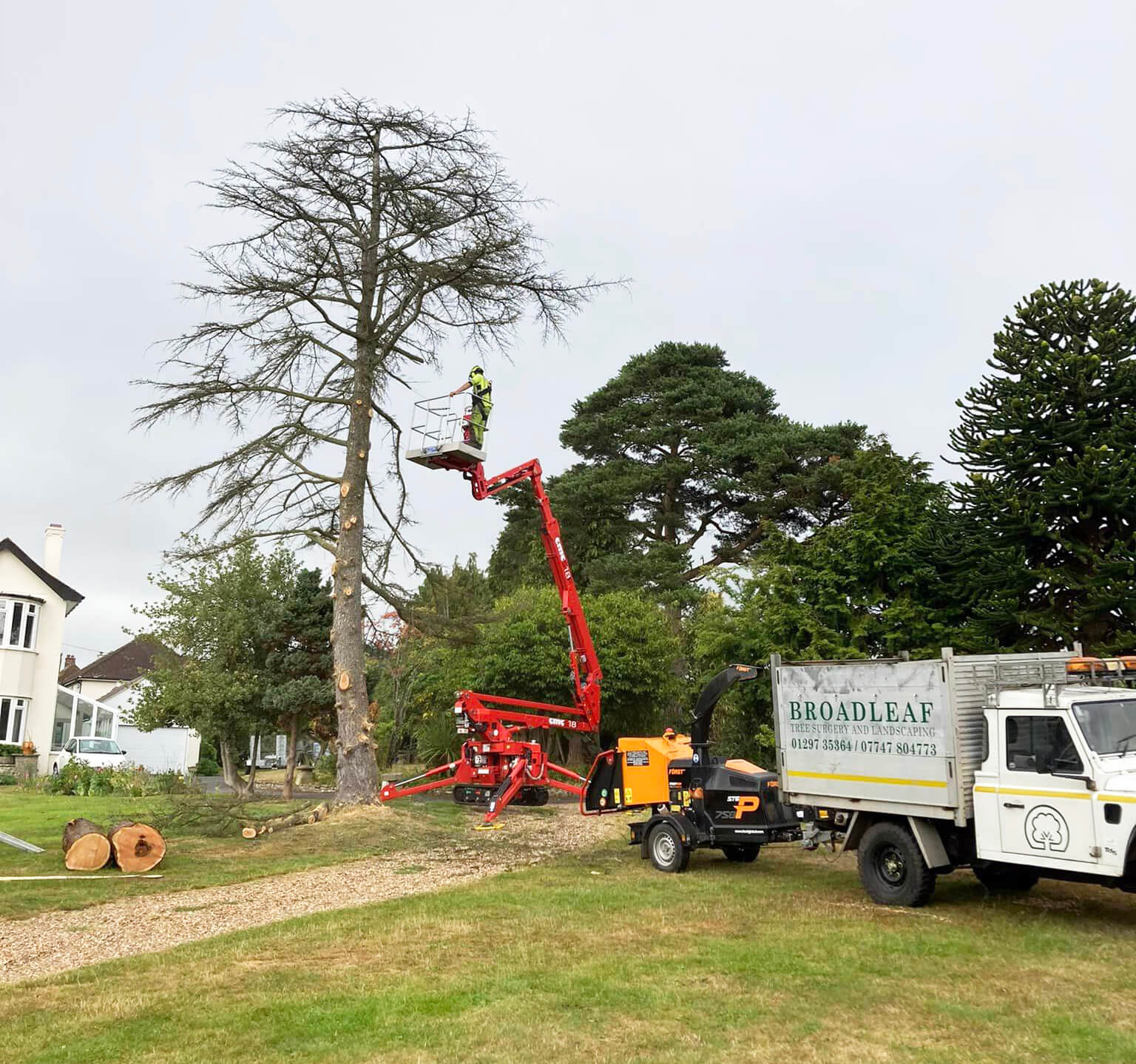



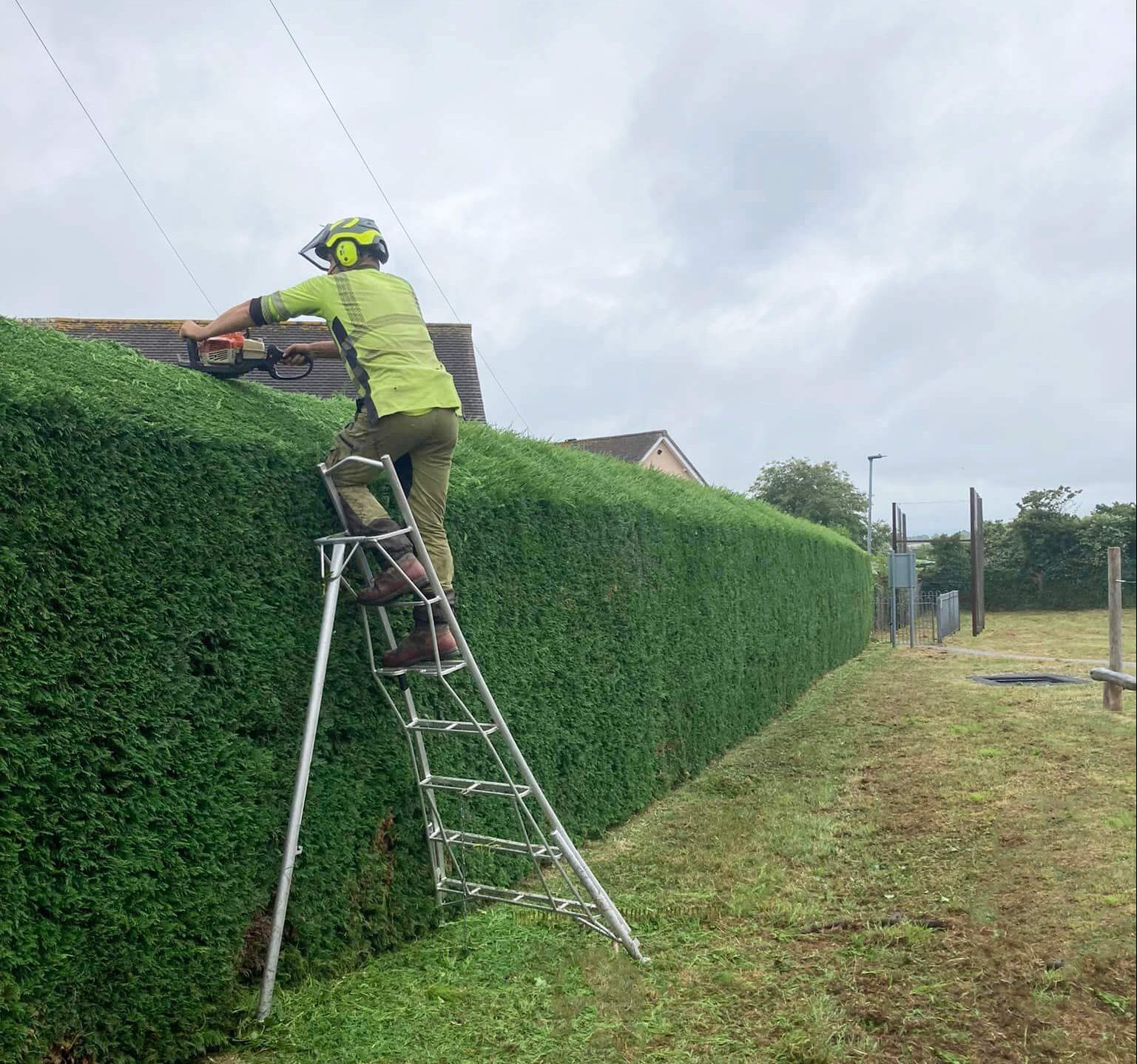



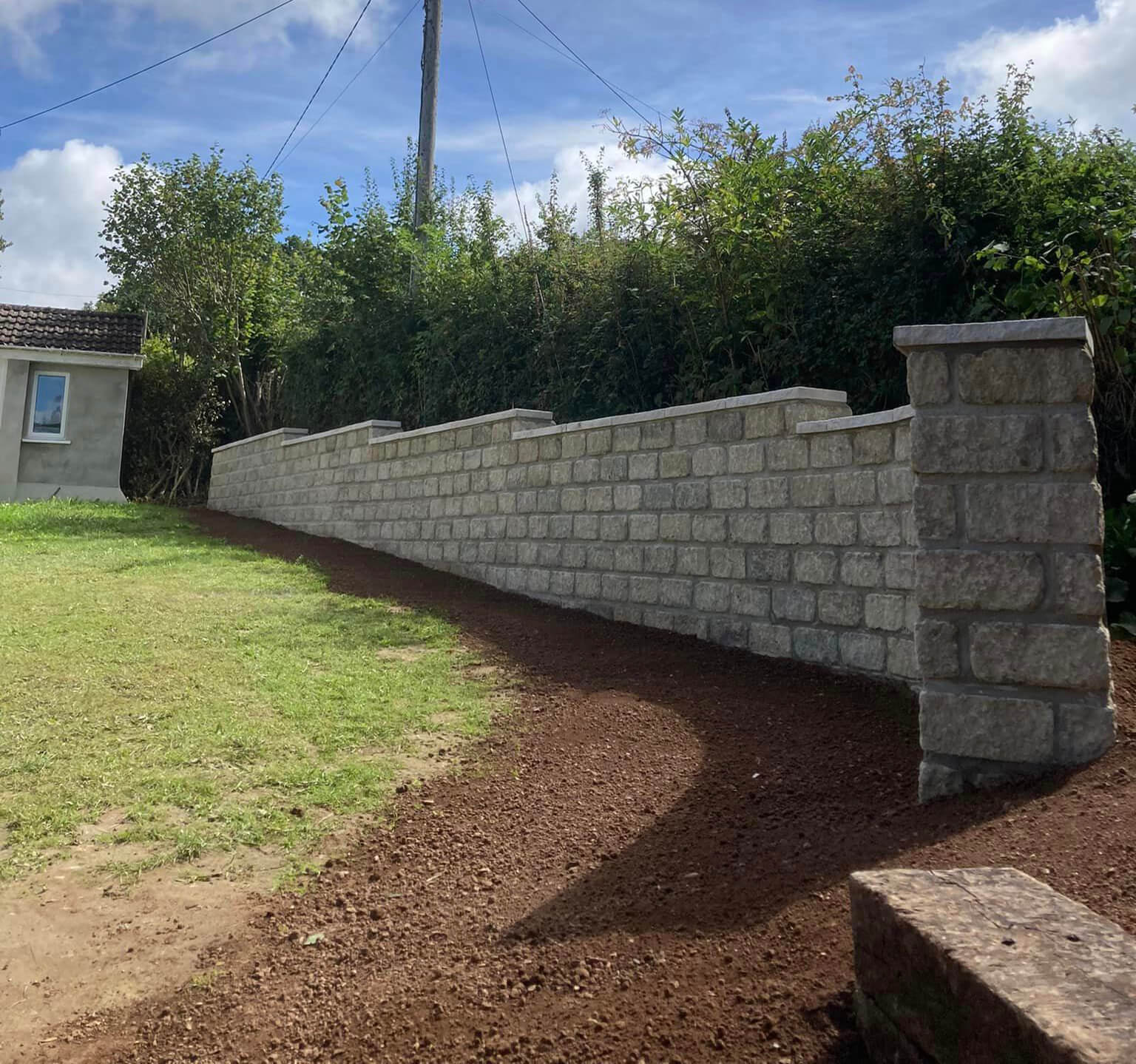
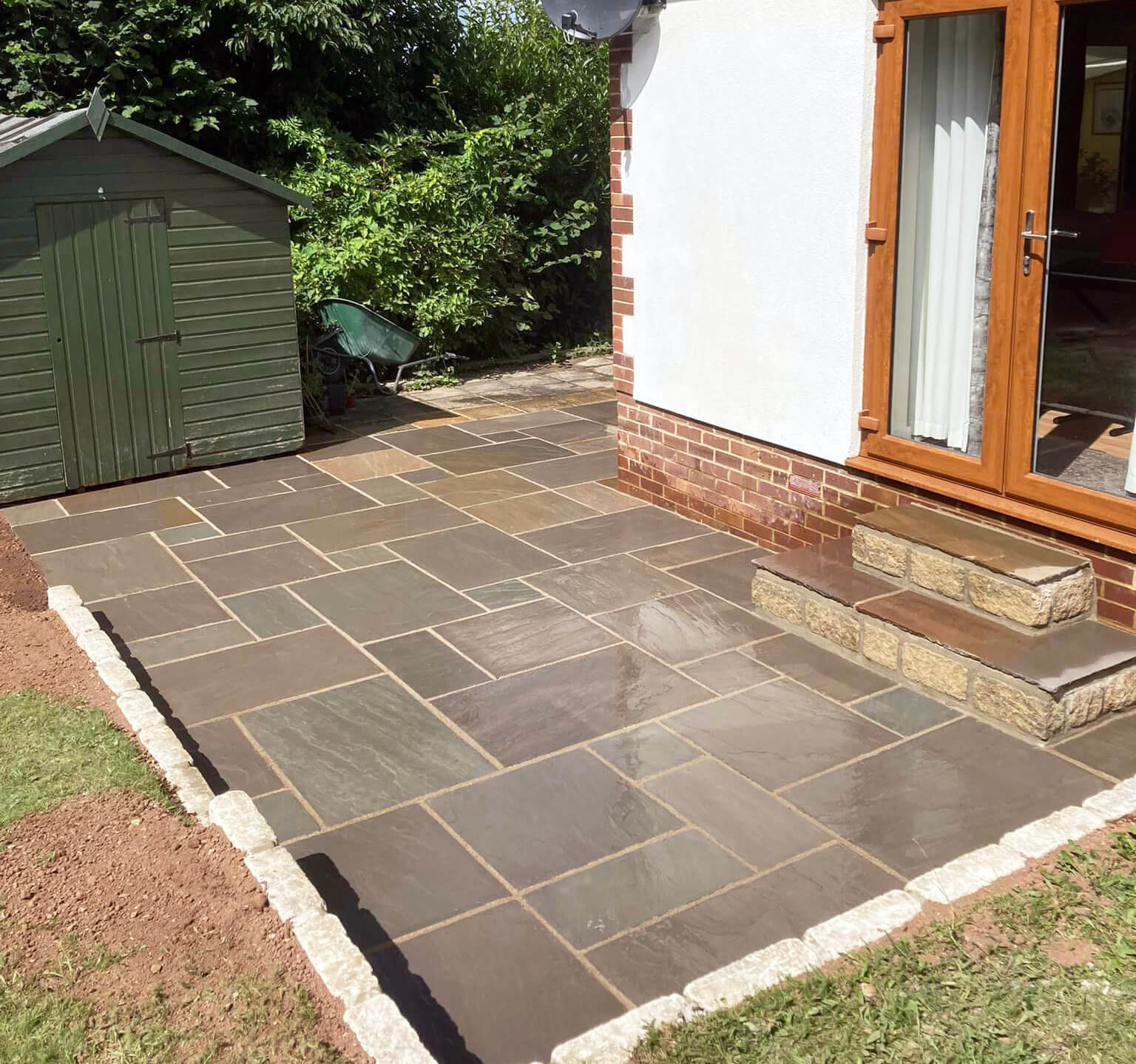
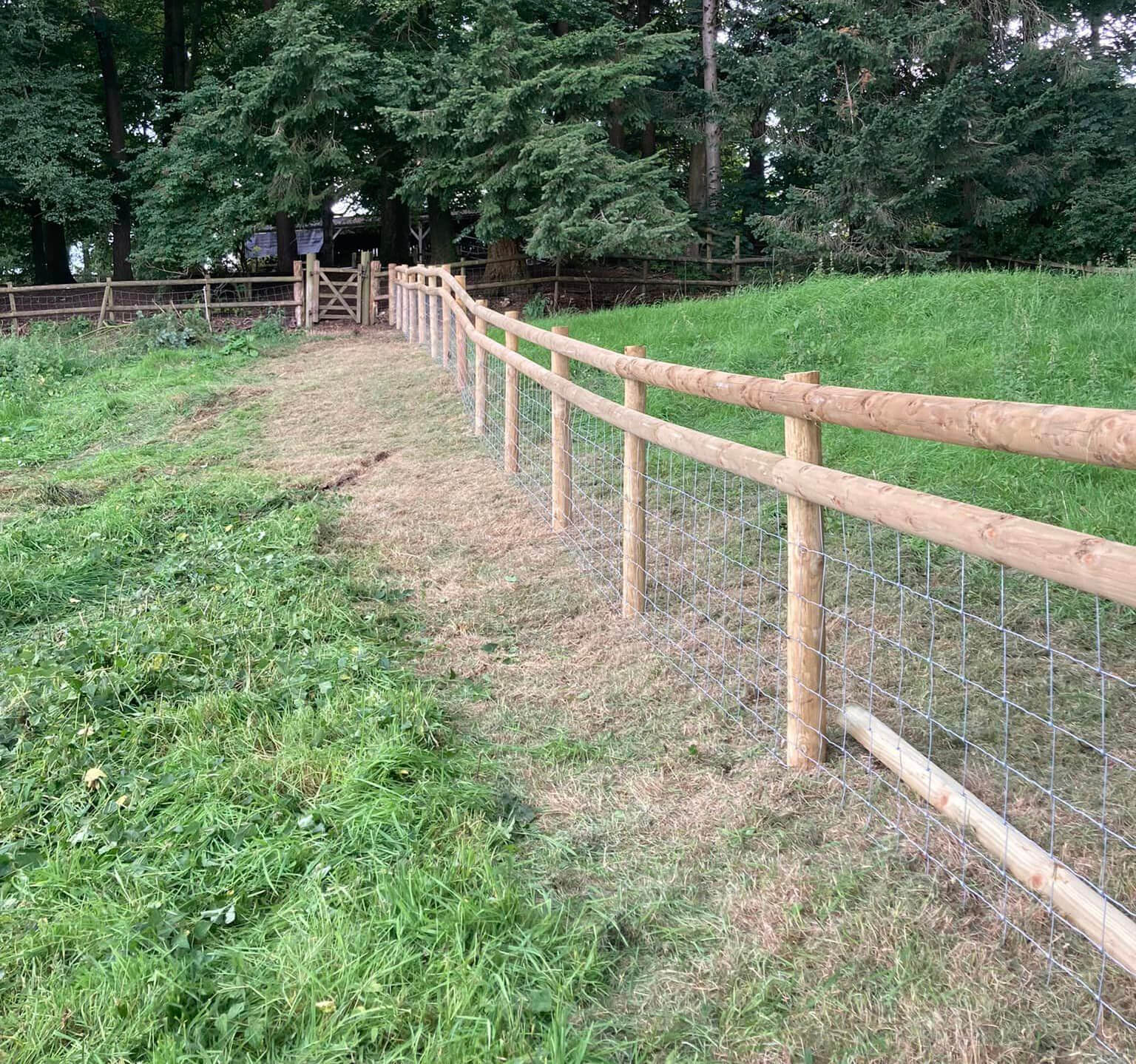
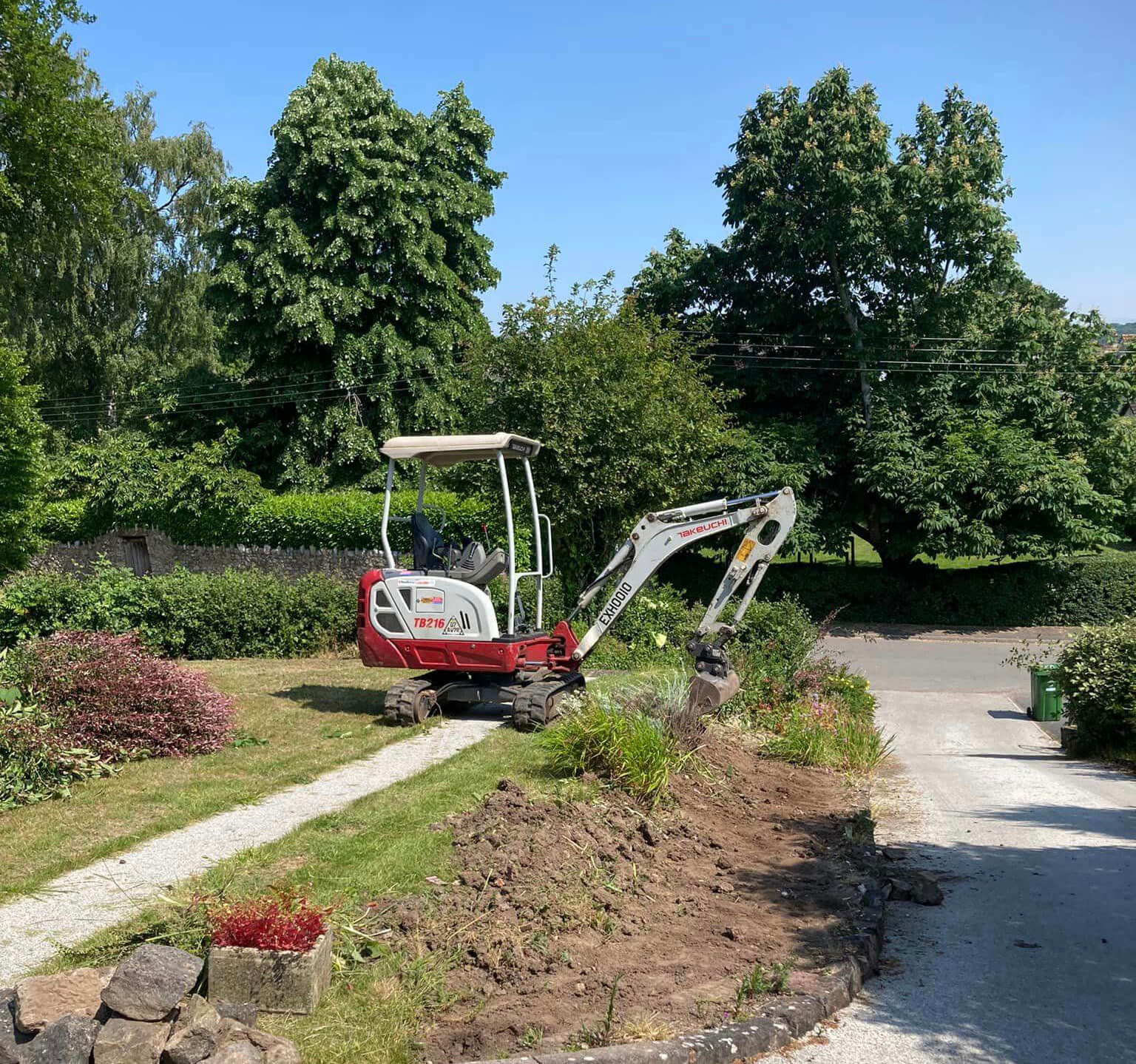
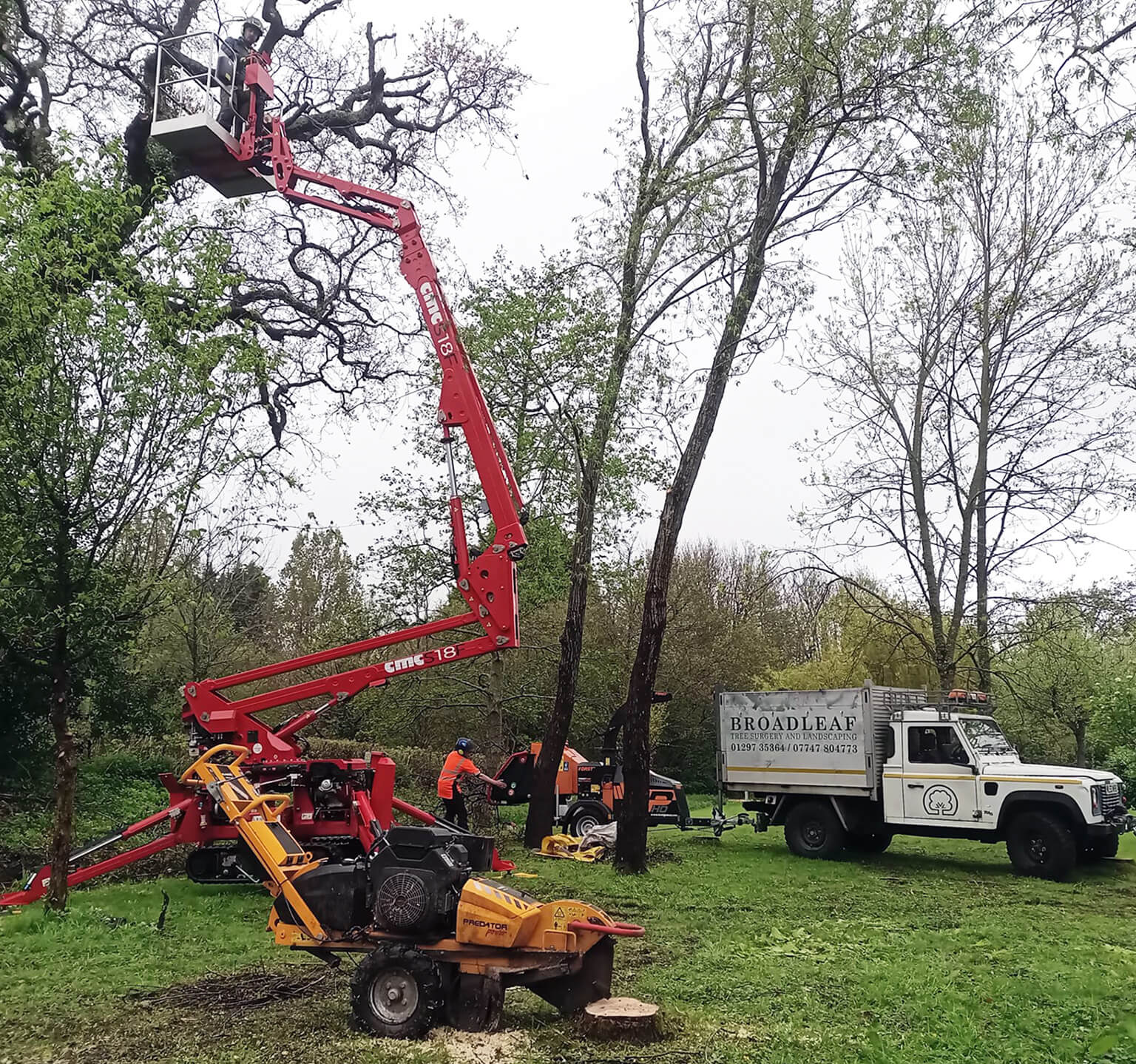
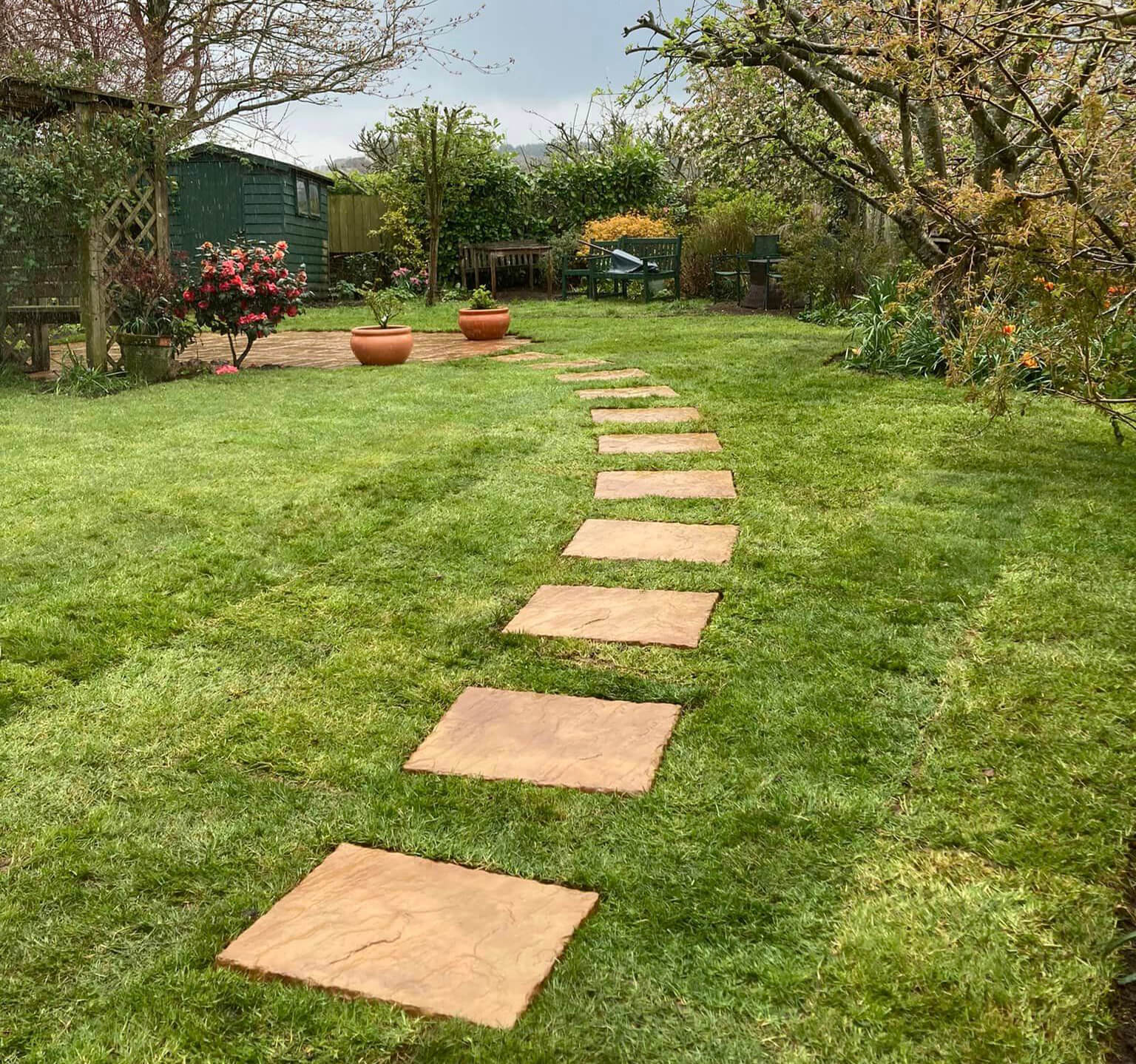
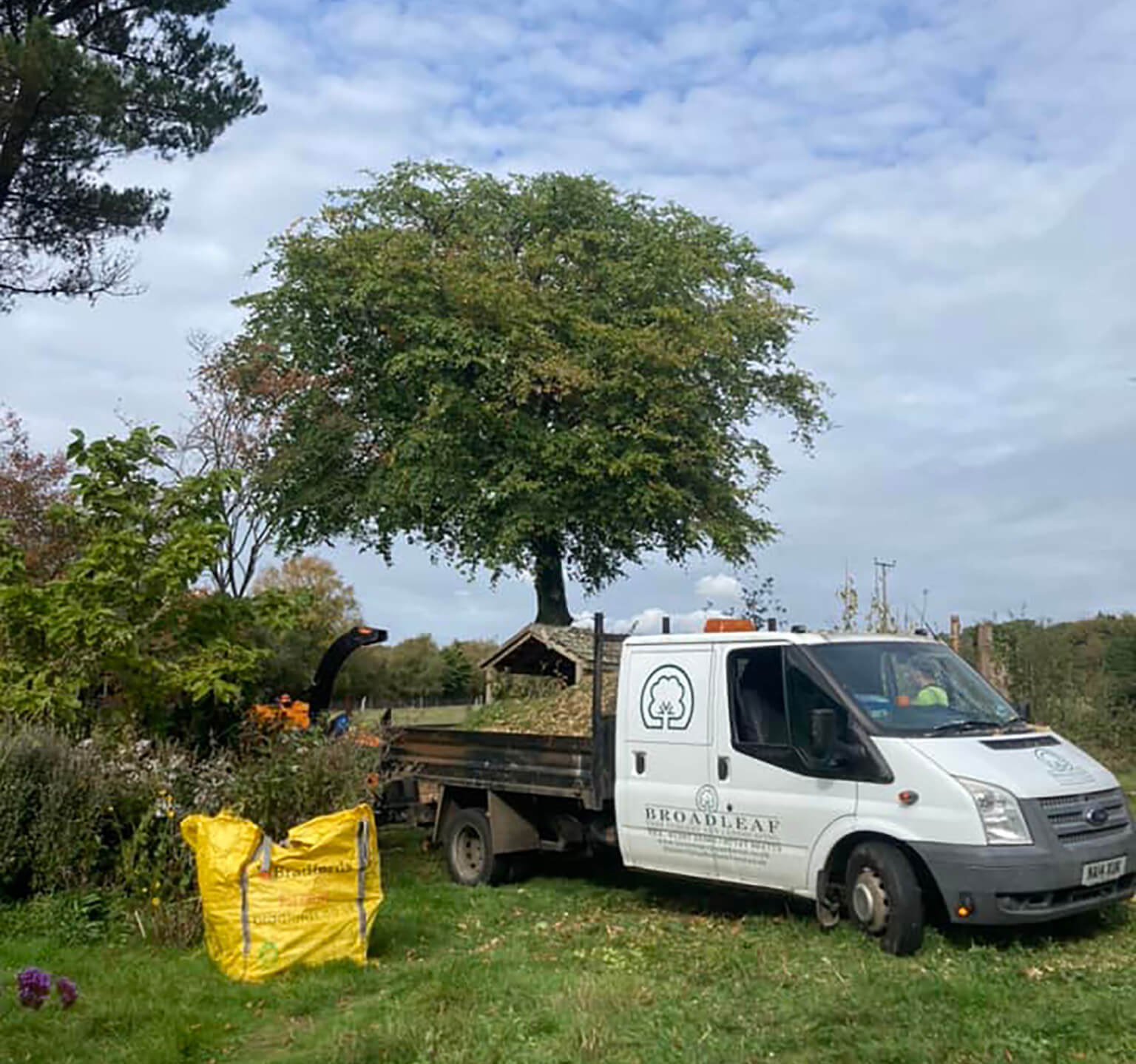
Your Trusted Partner in Axminster and Beyond for delivering Quality Tree Surgery and Landscaping Services Across East Devon, West Dorset & South Somerset at Competitive Prices.
©2024 Broadleaf Landscaping & Tree Surgery - Tree Surgeons in Axminster